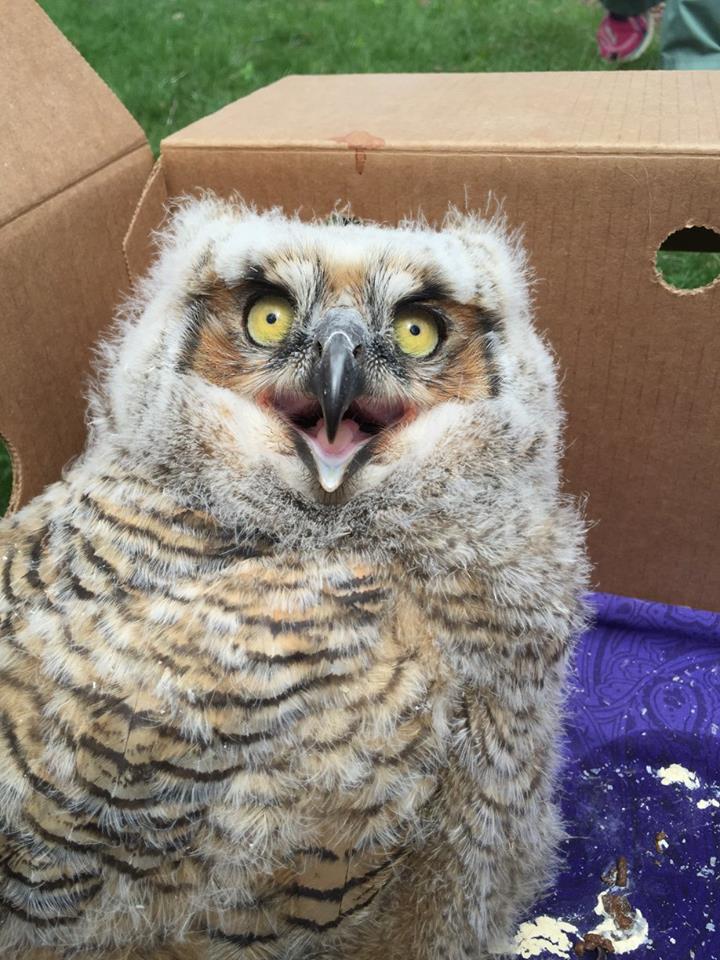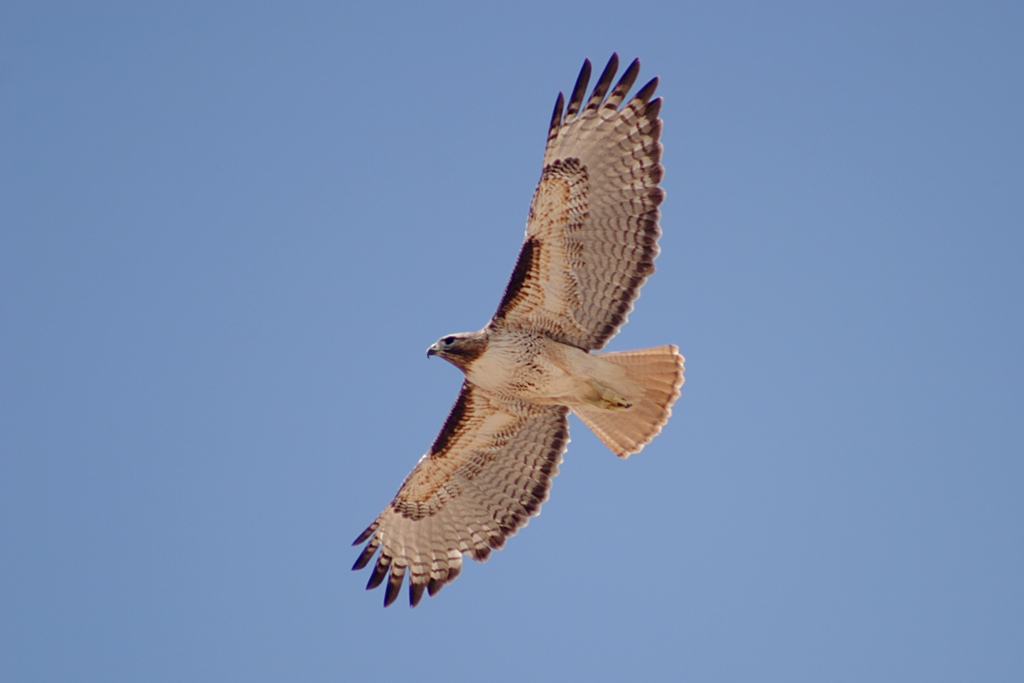Identifying A Baby Owl

Baby Owl ID
I sometimes get called to help with the rescue of injured owls and birds of prey. Many times it's a case of a baby owl or hawk that is on the ground and perfectly fine. When babies are "branching" or stretching their wings, flapping, and learning to fly, they can fall from trees. The parents are watching and continuing to feed the baby owl or hawk, but you usually don't see them, and often (if given time) the fledgling is perfectly capable of climbing back to the nest or into a tree. It's when concerned people see them, and want to intervene, when owl-napping occurs. To that end, I wanted provide a quick guide to what baby owls look like, and their adult form, so that you can recognize them and talk about them to a wildlife officer or helper. If you are concerned then please call a wildlife rehabilitator right away. DON'T WAIT FOR HOURS OR DAYS to call for assistance!! I've gone to more than one house where people "watched" the injured or baby owl for two days, and then it died right when we got there. Tragically we could have offered it help if we'd been called sooner. Don't be an owl-napper, but if you're concerned then make sure the scene is safe for the baby, take a picture, and call for help.





